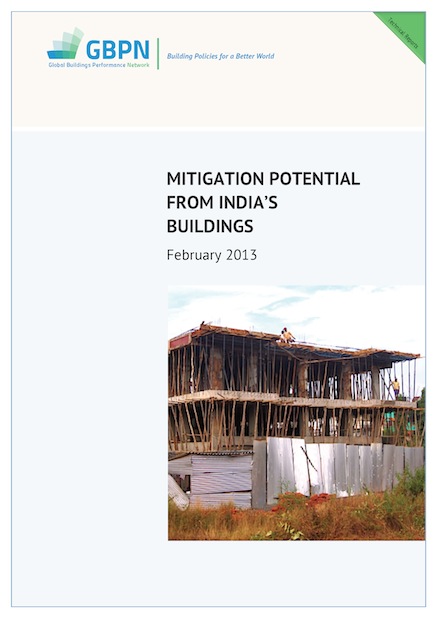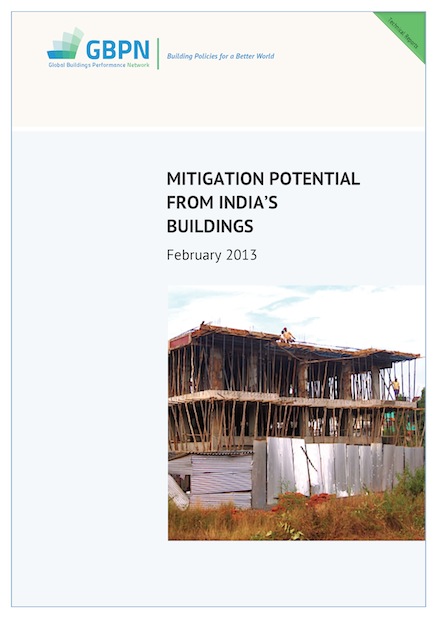印度建筑的减排潜力

可靠证据表明,至2050年印度建筑领域会产生巨幅能源增长,基于此估测,本报告分析了印度目前建筑节能减排的政策框架及其节能潜力。
7 result(s) found

可靠证据表明,至2050年印度建筑领域会产生巨幅能源增长,基于此估测,本报告分析了印度目前建筑节能减排的政策框架及其节能潜力。
可靠证据表明,至2050年印度建筑领域会产生巨幅能源增长,基于此估测,本报告分析了印度目前建筑节能减排的政策框架及其节能潜力。
 可靠证据表明,至2050年印度建筑领域会产生巨幅能源增长,基于此估测,本报告分析了印度目前建筑节能减排的政策框架及其节能潜力。
可靠证据表明,至2050年印度建筑领域会产生巨幅能源增长,基于此估测,本报告分析了印度目前建筑节能减排的政策框架及其节能潜力。
 Technical Report
Technical Report
Demonstrating the enormity of the predicted energy growth in India's building sector up to 2050, this report explores the current political framework for energy efficient buildings and the potential for change.
In an era of U.S. energy abundance, the persistently high energy bills paid by low-income households is troubling. After decades of weatherization and bill-payment programs, low-income households still spend a higher percent of their income on electricity and gas bills than any other income group. Their energy burden is not declining, and it remains persistently high in particular geographies such as the South, rural America, and minority communities.
In April 2010 the Tokyo Metropolitan Government launched the Tokyo Cap-and-Trade Program to reduce energy consumption-related CO2 emissions at the city level. This is the world's first cap-and-trade programme to cover buildings in the commercial, industrial and public sectors. Its main aim is to reduce CO2 emissions from energy consumption in existing buildings in urban areas; therefore, it is called an ‘urban cap-and-trade programme’.
The Shenzhen ETS is the first urban-level “cap-and-trade” carbon emissions trading scheme to operate in China. This paper gives an overview of the economic and emissions situation in Shenzhen and focuses on the development of the Shenzhen ETS regulatory framework. It is devised as an ETS with an intensity-based cap, output-based allocation and a market for trading of allowances. The design of the Shenzhen ETS attaches great importance to coordinate the dynamic relationships between economic growth, industrial transition and emissions control.